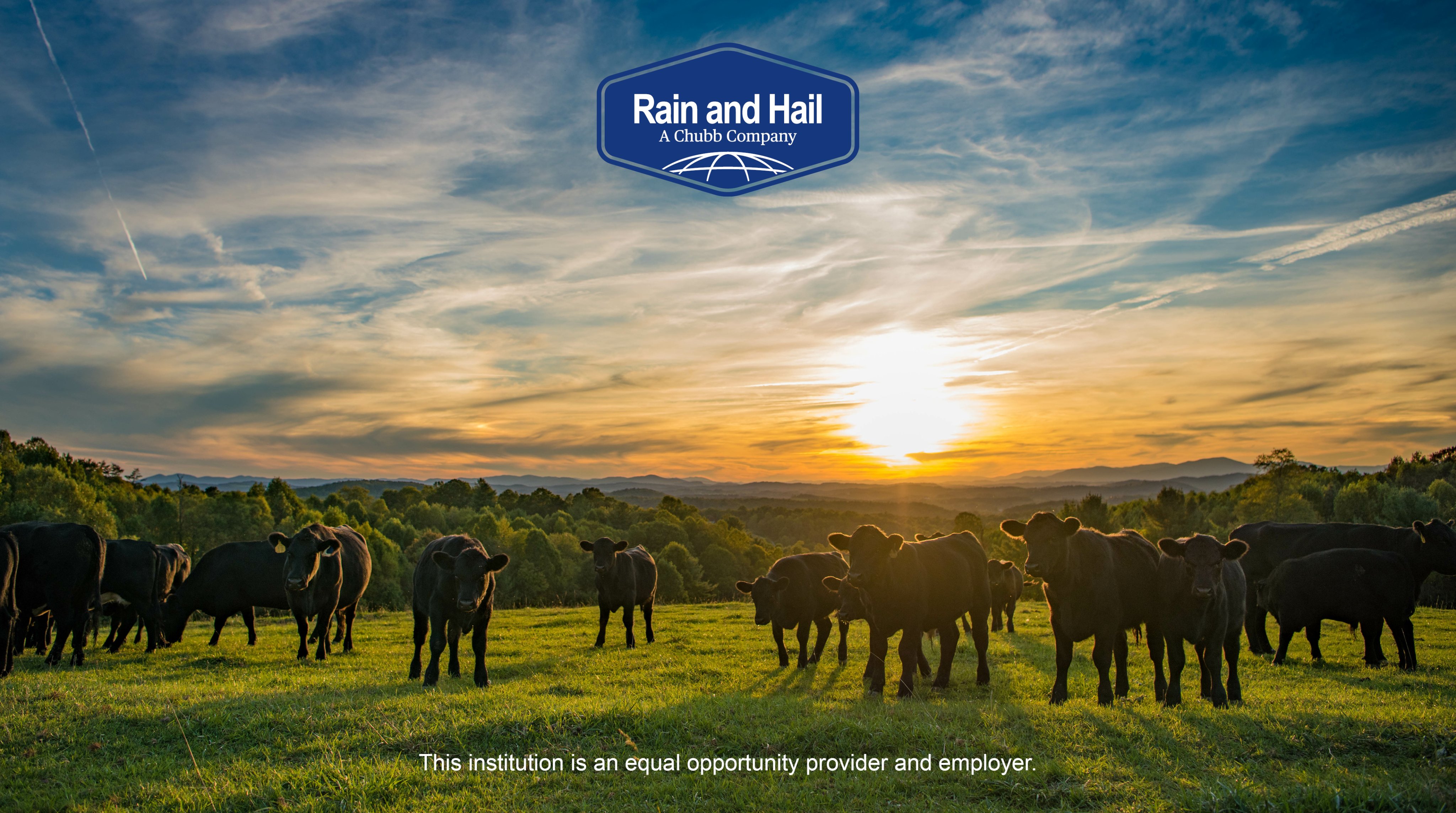Securing Success: Bagley Risk Management Provider
Wiki Article
Recognizing Animals Risk Defense (LRP) Insurance Policy: A Comprehensive Overview
Navigating the world of animals risk protection (LRP) insurance policy can be a complex undertaking for several in the farming industry. From just how LRP insurance policy functions to the various protection choices readily available, there is much to discover in this comprehensive overview that might potentially form the means animals producers come close to threat administration in their businesses.

Exactly How LRP Insurance Coverage Functions
Occasionally, recognizing the auto mechanics of Livestock Danger Protection (LRP) insurance policy can be intricate, yet damaging down exactly how it functions can supply quality for farmers and ranchers. LRP insurance is a threat monitoring device designed to shield livestock manufacturers versus unanticipated cost declines. It's essential to note that LRP insurance coverage is not a revenue assurance; instead, it concentrates solely on cost risk defense.Eligibility and Coverage Options

When it involves insurance coverage alternatives, LRP insurance offers producers the adaptability to select the insurance coverage degree, insurance coverage duration, and endorsements that finest suit their risk administration demands. Coverage levels usually range from 70% to 100% of the expected ending value of the insured livestock. Producers can likewise pick coverage durations that line up with their manufacturing cycle, whether they are insuring feeder cattle, fed cattle, swine, or lamb. Endorsements such as rate risk protection can further personalize coverage to shield versus unfavorable market fluctuations. By recognizing the qualification standards and coverage choices offered, livestock manufacturers can make informed choices to take care of danger efficiently.
Pros and Disadvantages of LRP Insurance
When examining Animals Danger Security (LRP) insurance coverage, it is important for animals producers to evaluate the drawbacks and advantages inherent in this threat administration device.
One of the key benefits of LRP insurance is its ability to provide security against a decrease in animals prices. This can help secure manufacturers from financial losses arising from market variations. In addition, LRP insurance policy uses a level of adaptability, permitting producers to tailor coverage degrees and policy durations to suit their certain requirements. By securing in an ensured price for their livestock, manufacturers can much better handle threat and prepare for the future.
One limitation of LRP insurance coverage is that it does not safeguard against all types of threats, such as condition break outs or natural catastrophes. It is crucial for producers to thoroughly analyze their private danger direct exposure and monetary my response circumstance to figure out if LRP insurance coverage is the ideal danger monitoring device for their procedure.
Comprehending LRP Insurance Policy Premiums

Tips for Maximizing LRP Conveniences
Making the most of the benefits of Animals Threat Defense (LRP) insurance coverage calls for strategic preparation and aggressive danger administration - Bagley Risk Management. To maximize your LRP protection, think about the adhering to suggestions:Consistently Assess Market Conditions: Keep notified concerning market patterns and cost variations in the livestock market. By keeping track of these elements, you can make informed decisions concerning when to acquire LRP insurance coverage to protect versus potential losses.
Set Realistic Insurance Coverage Degrees: When picking get more coverage levels, consider your production expenses, market price of animals, and prospective threats - Bagley Risk Management. Setting practical insurance coverage levels ensures that you are properly shielded without overpaying for unneeded insurance coverage
Expand Your Protection: Rather than relying solely on LRP insurance coverage, consider diversifying your risk management techniques. Integrating LRP with various other danger administration tools such as futures contracts or choices can offer extensive insurance coverage versus market unpredictabilities.
Evaluation and Change Coverage Regularly: As market problems change, regularly assess your LRP protection to guarantee it straightens with your existing threat direct exposure. Changing coverage degrees and timing of acquisitions can help maximize your threat security method. By adhering to these ideas, you can maximize the benefits of LRP insurance policy and protect your livestock procedure against unanticipated dangers.
Verdict
Finally, animals danger security (LRP) insurance is a useful device for farmers to manage the financial risks connected with their livestock operations. By recognizing just how LRP functions, eligibility and protection options, as well as the advantages and disadvantages of this insurance coverage, farmers can make educated decisions to protect their resources. By thoroughly considering LRP costs and executing strategies to make best use of benefits, farmers can mitigate prospective losses and make certain the sustainability of their procedures.
Livestock producers interested in getting Animals Threat Protection (LRP) insurance policy can explore an array of eligibility standards and insurance coverage options customized to their certain livestock operations.When it comes to coverage choices, LRP insurance provides manufacturers the versatility to choose the insurance coverage degree, protection period, and endorsements that ideal match their risk administration requirements.To understand the intricacies of Livestock Danger Security (LRP) insurance coverage totally, recognizing the aspects affecting LRP read this post here insurance costs is crucial. LRP insurance coverage premiums are established by various elements, consisting of the coverage degree chosen, the anticipated rate of animals at the end of the protection duration, the type of animals being insured, and the size of the protection period.Testimonial and Change Protection On a regular basis: As market problems alter, occasionally evaluate your LRP insurance coverage to ensure it aligns with your existing threat exposure.
Report this wiki page